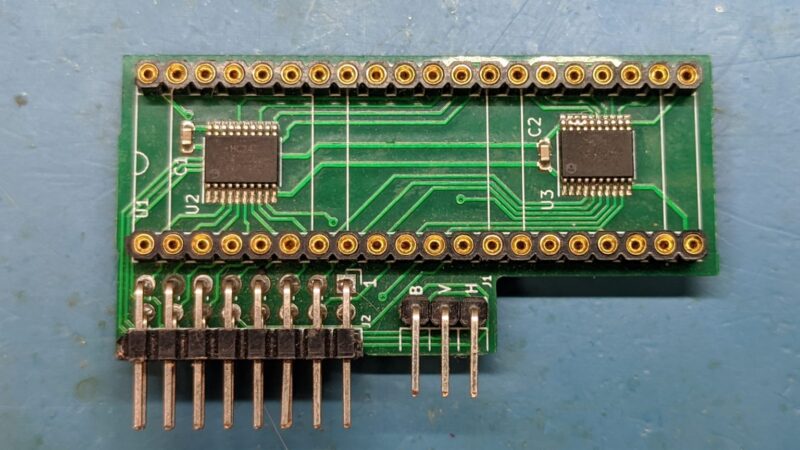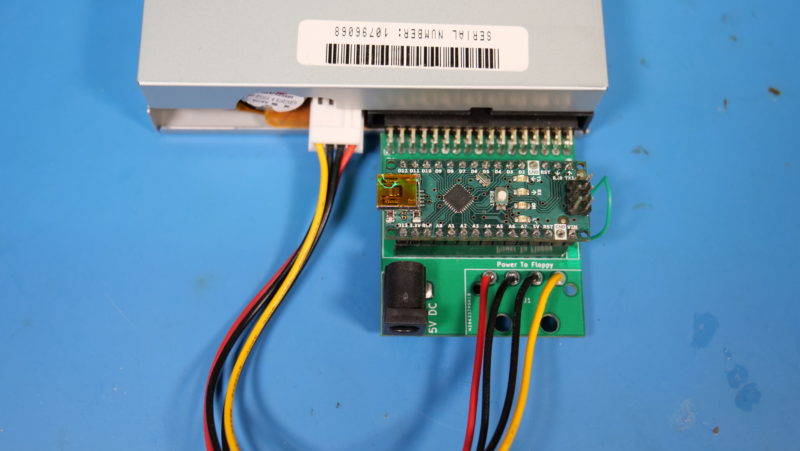Your cart is currently empty!
-
RGBtoHDMI Video Interface Boards For The Raspberry Pi
$5.00 – $55.00 -
HIDman USB Keyboard Converter
$8.00 – $49.00 -
Blue SCSI v2
$37.00 -
Kung Fu Flash 2 Cartridge
$10.00 – $30.00

HDMI For The Amiga and Atari ST
Order here I have just added two new adaptors for the RGBtoHDMI that support the Commodore Amiga and Atari ST computers. These two adaptors work similarly in that they both pickup digital signals from inside the computer that can be passed to the RGBtoHDMI board that can be located on the outside of the system.…
/

Amiga to PC Floppy Adapter Now Available
I will admit it. This new product grew out of my own laziness. I didn’t want to take the time to solder all those floppy cable wires from an Arduino to an old floppy drive. Thus the Amiga-to-Floppy Drive Adapter was born. In a few days, I had my PCBs which manage all those connections…
/

FabGL ESP32 PC/VIC-20 Emulation Board
New product in the Retro Hack Shack shop! Order it here! I have ordered a short run (i.e. qty 4) of development boards that run the FabGL project. Fabrizio Di Vittorio has written some stellar code that emulates many vintage systems including the Intel 8088 used in the original IBM PC, the VIC-20, various network…
/
Support my work by becoming a member on Patreon. Thank you!!!
Early Access
See new videos before anyone else
Ad-Free
ads and sponsored content are turned off
Exclusives
behind-the-scenes videos and member only content
Credits
See your name in the credits of my videos






